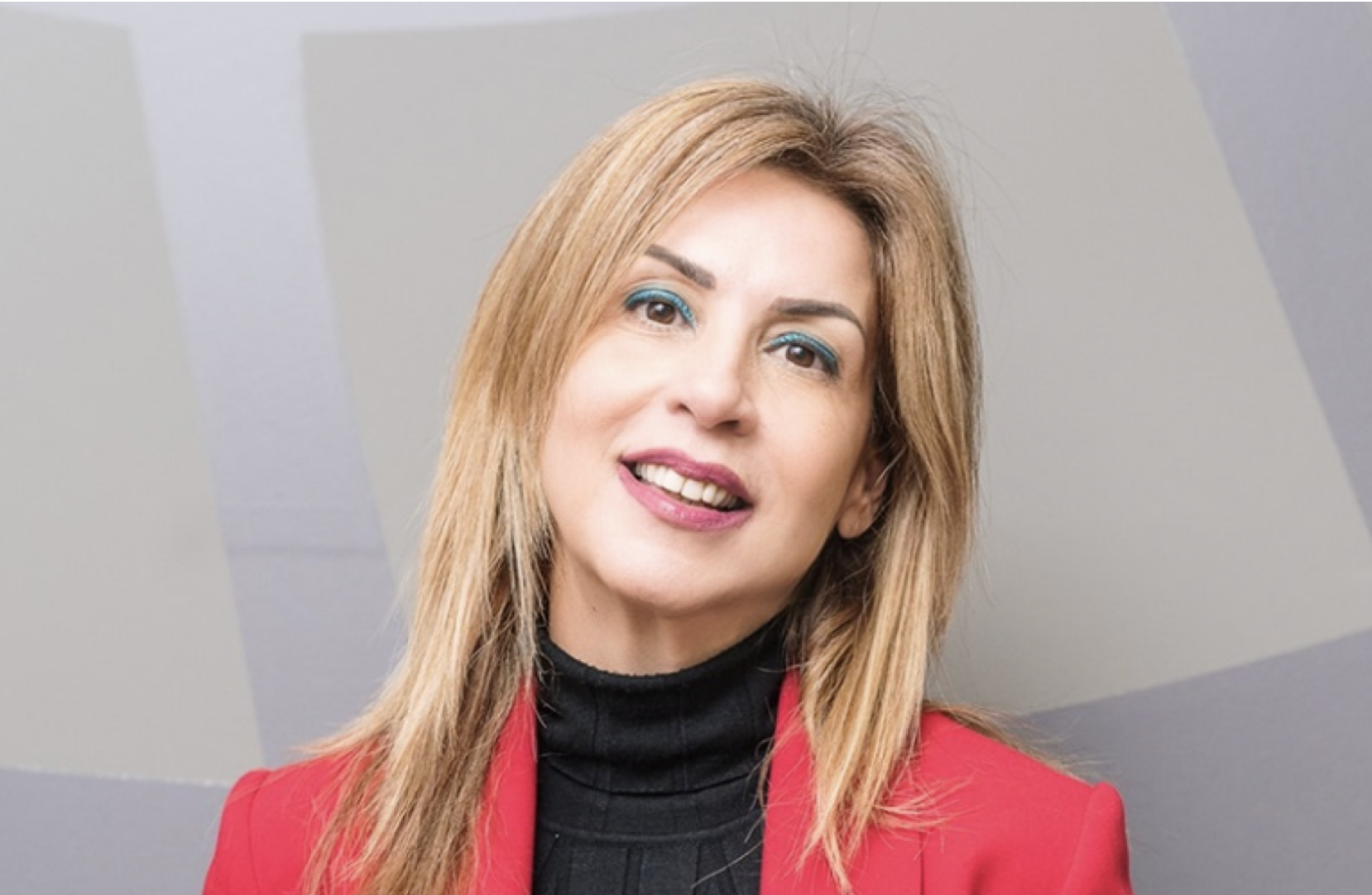The illegal opening of the occupied city of Varosia by Turkey brings to the surface again the humanitarian drama of the Cyprus tragedy of the Turkish 1974 invasion may be relegated to second place.
In Varosia it is estimated that at least 12 Greek Cypriots citizens and Greek soldiers are – to date- missing.
These citizens are mainly elderly men but also women, whose fate has been unknown since August 15, 1974, when the Turkish army entered Famagusta.
The last signs of life of these people are recorded in the area of the now enclosed “ghost” city of Varosia and therefore, the investigation of the Commission of Inquiry for the Missing (CMP) to locate their bones is directed to the area that has been sealed by the Turkish army since the invasion.
The details of the CMP, which has been operating since the 1980s as a bi-communal technical committee with three representatives, one from each community and the third member on behalf of the United Nations, come from both testimonies of surviving Greek Cypriots and records from the Swedish detachment of UNFICYP, which in 1974 had the area of Famagusta as its area of responsibility.
The cases of the twelve Greek Cypriot missing persons of Varosia are not the only cases that concern the CMP regarding the city. According to testimonies, a large number of Greek Cypriot soldiers are also said to have been buried in the same area, as before the date of the occupation of Famagusta a burial of fallen soldiers had taken place in the Greek Cypriot cemetery of Stavros, also inside the fenced city.
Although these are two mass burials of identified fallen soldiers, given the circumstances the CMP does not rule out the possibility that people who had not been previously identified were buried there. This possibility is reinforced by the testimonies of persons who were present at the burials, which refer to graves marked “unknown”.
After the occupation of Famagusta, burials in the city of Varosia were carried out in 1974 by men of the United Nations peacekeeping force UNFICYP. Specifically, the records of the Swedish detachment report burials of three unidentified persons inside the cemetery of Stavros. This seems to have been the practice of the Swedes of the United Nations, reinforcing the case of the burial of Greek Cypriot missing persons in the cemetery of Stavros.
Yale University to research health benefits of Greek organic table olives
Indicatively, the case of the brothers Hatzipavlou, Kostakis and Michalakis, who were buried in Stavros cemetery by UNFICYP soldiers on August 19, 1974. In an interview with journalist Andrea Paraschos in the newspaper “Kathimerini” (13.12.2020), the wife of Michalakis Hatzipavlou stated that “UNFICYP men had found them both, dead outside Tsoukeros’ store. They were picked up”, she said, “put in bags, taken to the old cemetery of Stavros and buried, right next to the entrance. In fact, I realized that they were buried temporarily, because the legs of Kostakis, who was taller than my husband, were sticking out of from the grave”.
Last week the journalist Sevgül Uludağ revealed in an article in the newspaper Yeni Duzen (17/10/2021), a new case of burial of missing persons in the enclosed city of Famagusta. Two Greek Cypriot soldiers are said to have been buried in a yard opposite the Anorthosis fc union. According to testimonies obtained by Sevgül Uludağ, on August 16, 1974, a group of Turkish soldiers heading to Deryneia was involved in a gunfight with two Greek Cypriot soldiers on Evagorou Street. The two soldiers were killed – one during the battle and the other after his capture – and were then buried in the courtyard opposite the house by order of the head of the Turkish soldiers.
Although Dimokratias Avenue, which was given to the public for use by the Turkish army, is located just a few meters from the Anorthosis building and Evagorou Street, at the site of the alleged burial of the two Greek Cypriot soldiers, access is still not allowed.
Excavations for the whereabouts of the missing in Famagusta are not included in the planning of the Turkish side for Famagusta, while the Greek Cypriot side does not raise the issue at the political level either. In his statements to DW, the Greek Cypriot Representative in the CMP Mr. Leonidas Pantelidis stated that the CMP is following with interest the developments in Varosi. “Our effort is”, said Mr. Pantelidis, “to be allowed to go to the area with witnesses, while they are still alive. “Excavations will be made as soon as possible and when this is possible”, concluded the Greek representative.
Ask me anything
Explore related questions





